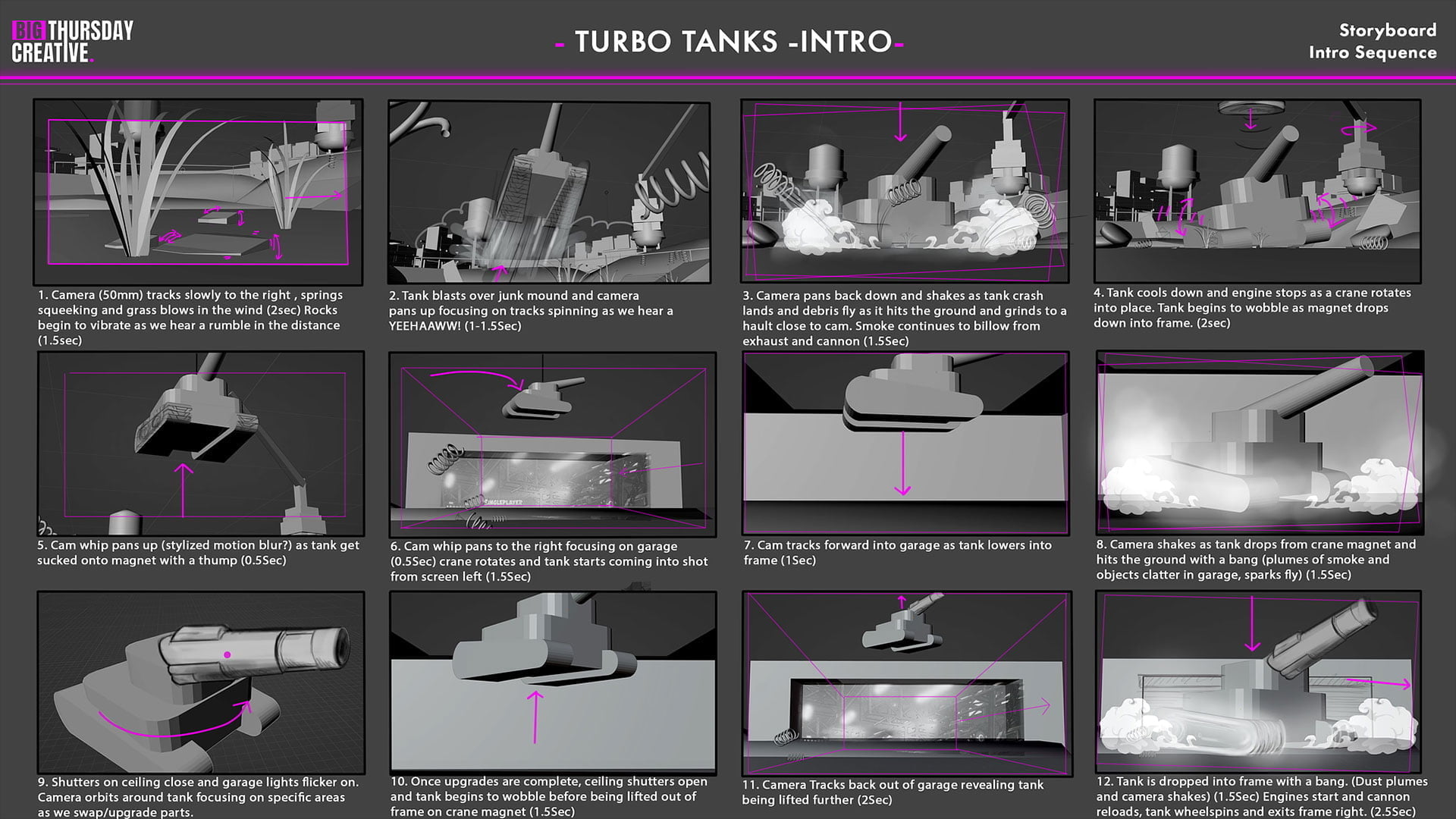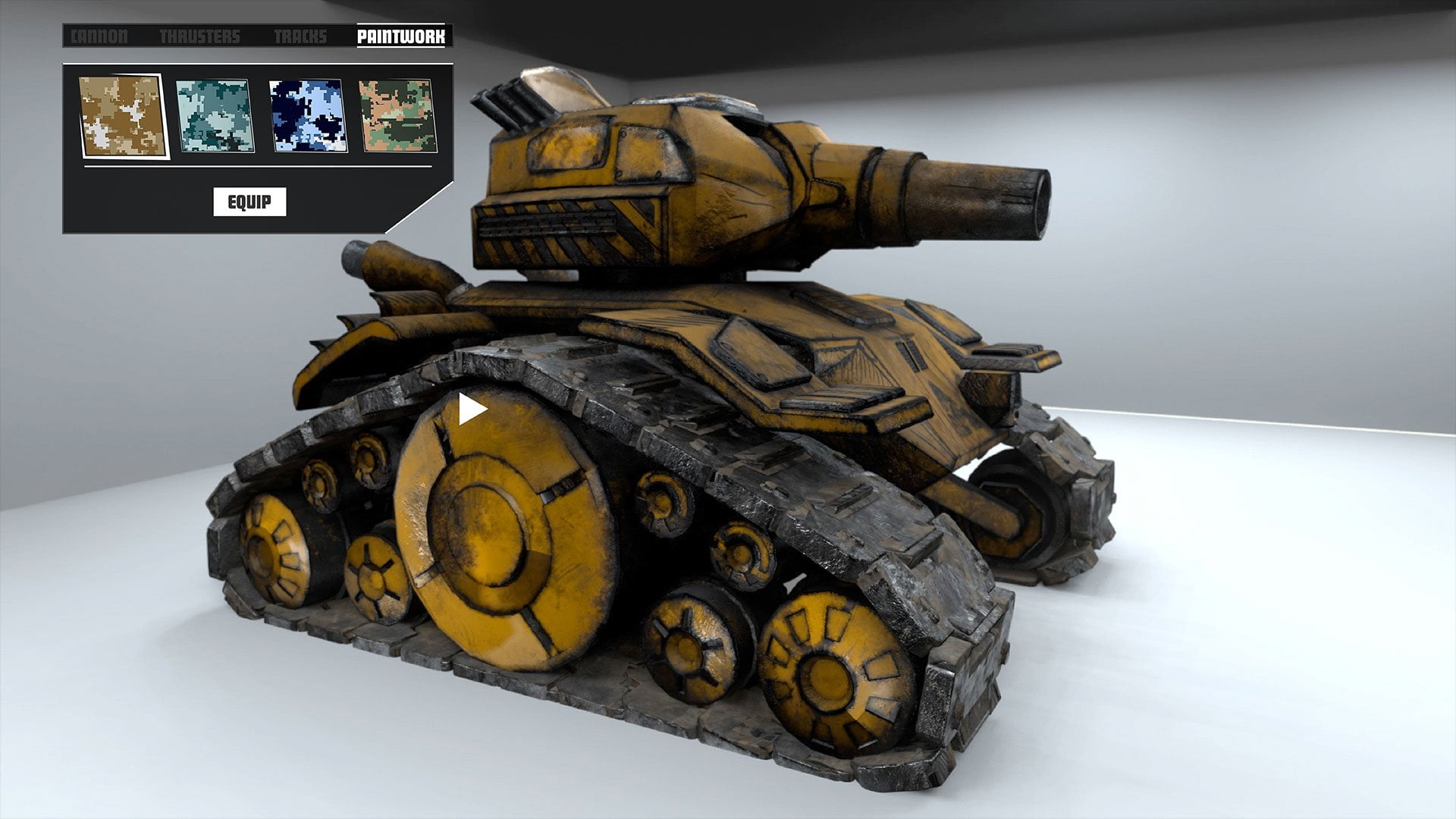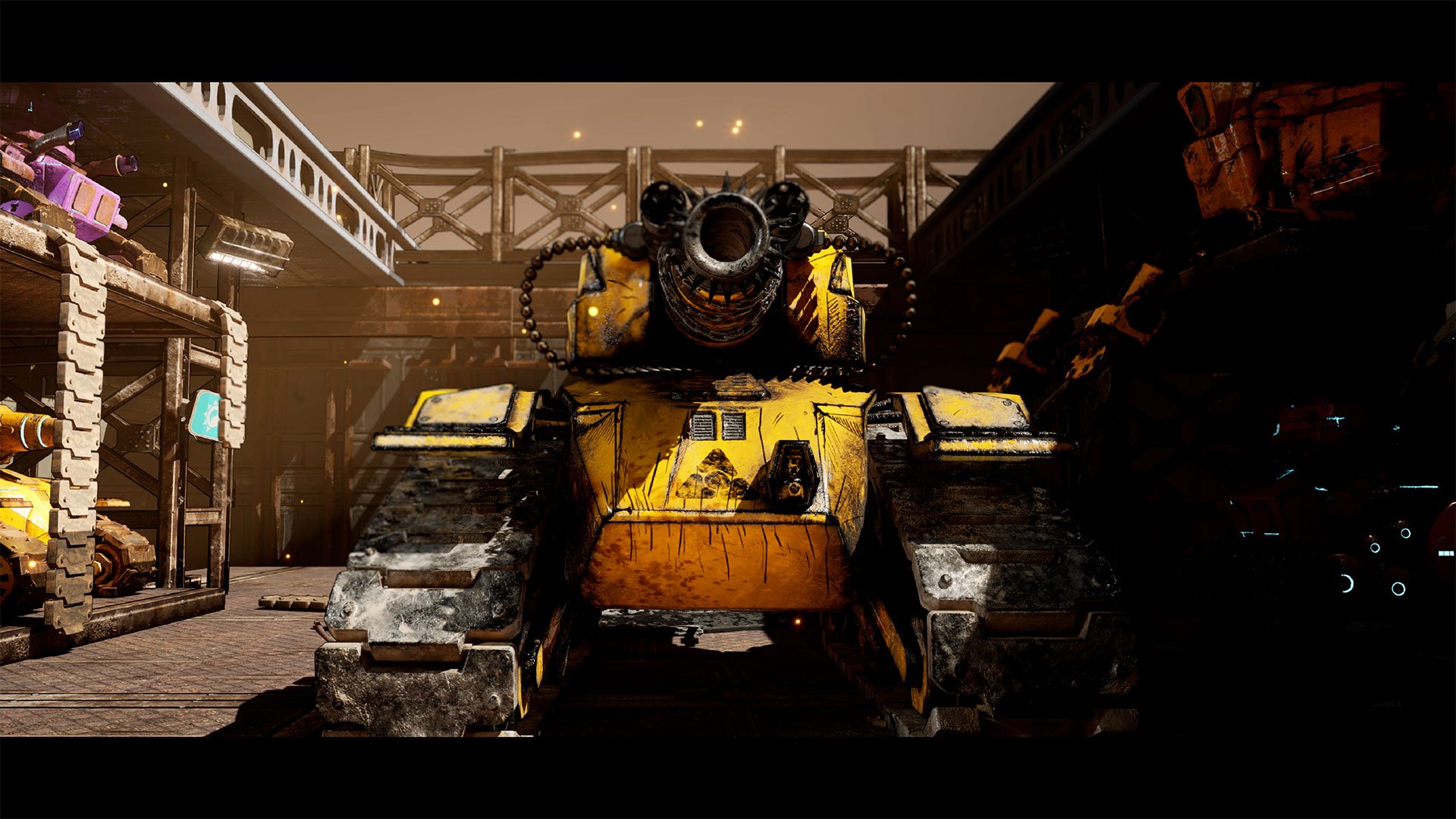Video game developer Nequinox Studios is working on a new IP, Turbo Tanks – an arcade racing game featuring customisable tanks. They wanted to speed up development and discover the overall look, feel, and flow of what would be the tank customisation sequence.
Pre-vis is a cost-effective way to quickly understand how a game sequence could work without pumping unnecessary resources and budget into code and design. It’s an art that features heavily in the film industry and a growing trend in video games. Pre-vis is the perfect way to conceptualise the direction and features of a game quickly, as well as discover potential issues and solve them along the way.
With our founders’ and core team’s background in video game development for the likes of Disney and EA, we knew exactly what was required, having gone the through full game development cycles many times, including early-stage prototyping and pre-vis tasks. This means we understand the challenges and constraints involved in realising a dream, including the requirements to ensure all assets created would be sympathetic to the game’s polygon and texture budgets and restraints, as well as cash budgets.
Nequinox Studios loved the final concept. The sequence went beyond a blueprint for the development team as the assets we meticulously crafted were passed over to be included in the game, while design and art decisions helped inform other areas of Turbo Tanks.
















